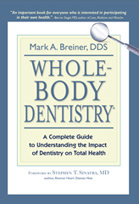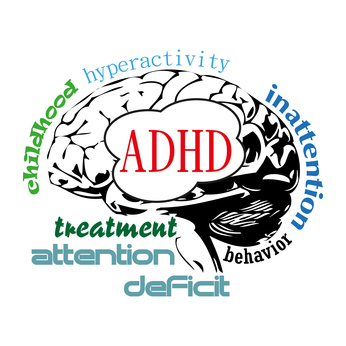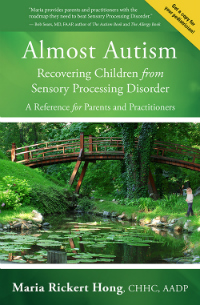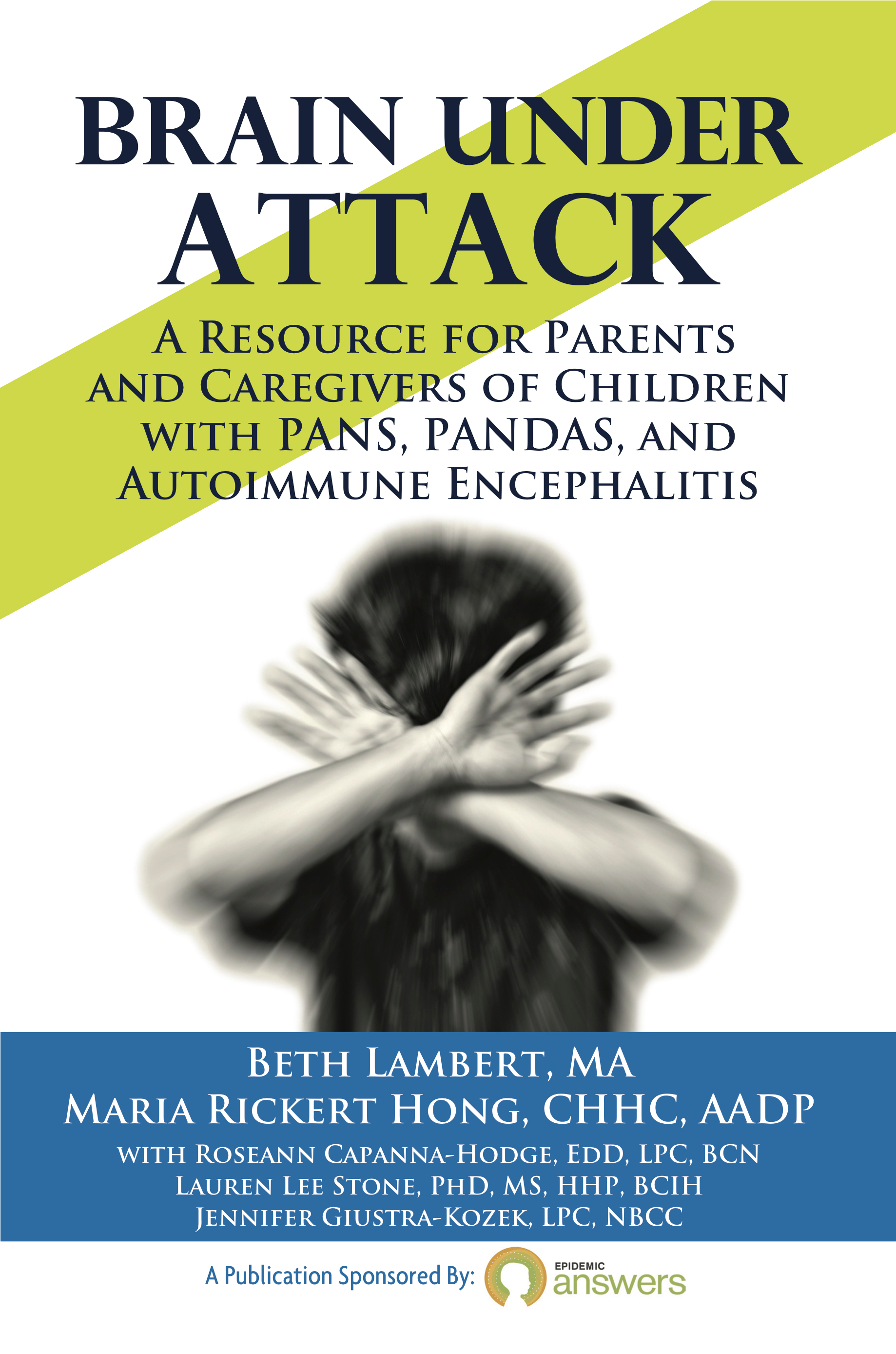 As a redhead with blue eyes, I have to be very careful about going into the sun. I don’t tan; I burn!
As a redhead with blue eyes, I have to be very careful about going into the sun. I don’t tan; I burn!
I’m very wary about the chemicals that are used in typical sunscreens. Many of these chemicals, such as oxybenzone, vitamin A (retinyl) palmitate, fragrance, parabens and phthalates, cause endocrine or neurological damage.
However, I believe it’s important to get some sun so I can activate the cholesterol in my skin and turn it into vitamin D. There’s a vitamin D deficiency in this country that is especially high in kids with autism as well as other autoimmune diseases.
The trick is to get a little bit of sun for maybe 10 minutes or so, right before my skin turns pink, and then put some safe sunscreen on.
How do you know if you have a safe sunscreen? Check out the Environmental Working Group’s Guide to Sunscreens. The EWG is my go-to source checking the safety rating of personal-care products, cleaning products, cellphones and produce.
About two thirds of the sunscreens tested contain toxic ingredients!
 Now, you might think it strange that I’m writing a book review for “The Diet Cure” by Julia Ross. While I am a health coach, I don’t specialize in weight loss. Instead, I specialize in helping people recover from symptoms of chronic neurological and/or autoimmune issues like autism, ADHD, allergies, asthma, SPD, lupus, fibromyalgia, Lyme and more.
Now, you might think it strange that I’m writing a book review for “The Diet Cure” by Julia Ross. While I am a health coach, I don’t specialize in weight loss. Instead, I specialize in helping people recover from symptoms of chronic neurological and/or autoimmune issues like autism, ADHD, allergies, asthma, SPD, lupus, fibromyalgia, Lyme and more. Formaldehyde in Johnson and Johnson products? For decades, Americans have come to believe that Johnson and Johnson’s products are perhaps the best choice for their babies. I know that when my boys were little, I was given lots of little samples of their shampoos, body washes and powders for babies.
Formaldehyde in Johnson and Johnson products? For decades, Americans have come to believe that Johnson and Johnson’s products are perhaps the best choice for their babies. I know that when my boys were little, I was given lots of little samples of their shampoos, body washes and powders for babies. I was listening to a replay of
I was listening to a replay of  In the fall of 2013, I attended “
In the fall of 2013, I attended “ You might not know that there are a lot of potential hazards in your local drinking water. The Environmental Working Group recently published a report, “
You might not know that there are a lot of potential hazards in your local drinking water. The Environmental Working Group recently published a report, “
 Did you know that most, if not all, school shootings were performed by children on some type of anti-depressant or other psychological medication?
Did you know that most, if not all, school shootings were performed by children on some type of anti-depressant or other psychological medication? I’m sorry to say that most people just don’t know this. I didn’t either, despite the fact that it was published by the Environmental Working Group (EWG) in 2005, the year my older son was born.
I’m sorry to say that most people just don’t know this. I didn’t either, despite the fact that it was published by the Environmental Working Group (EWG) in 2005, the year my older son was born.


